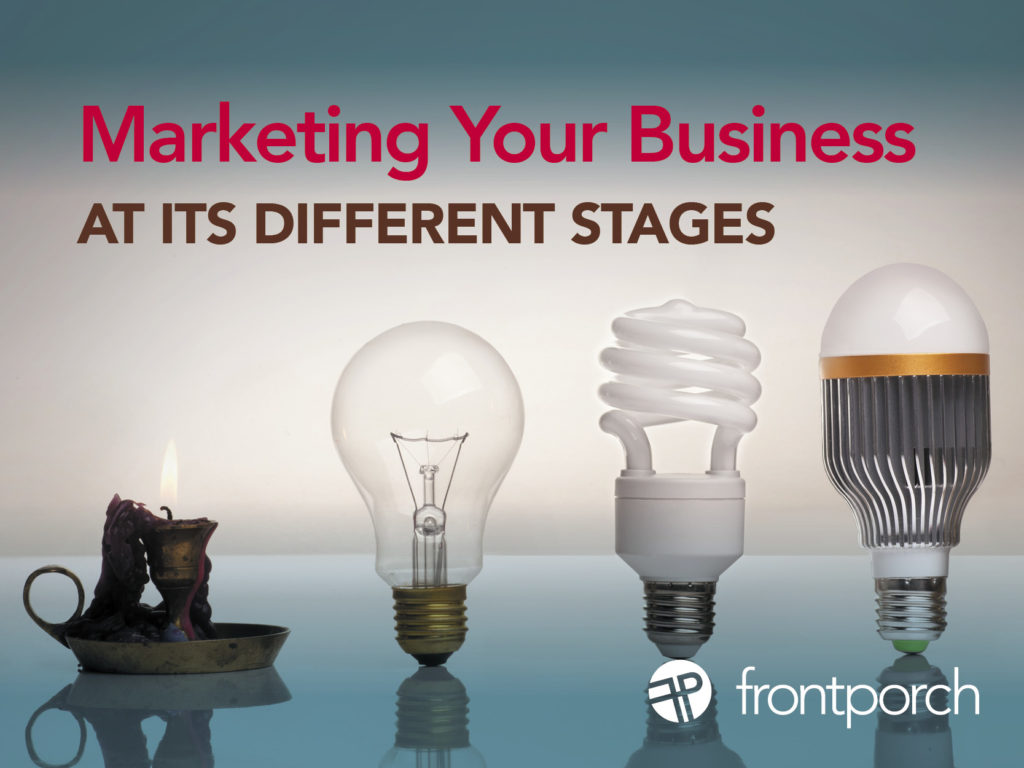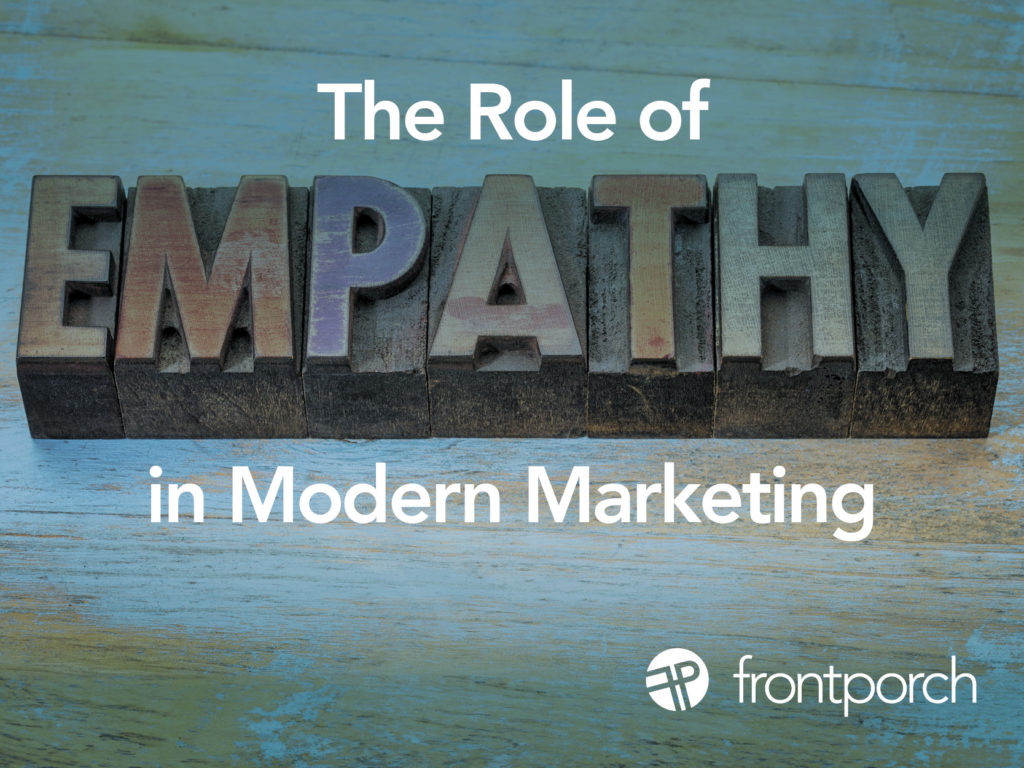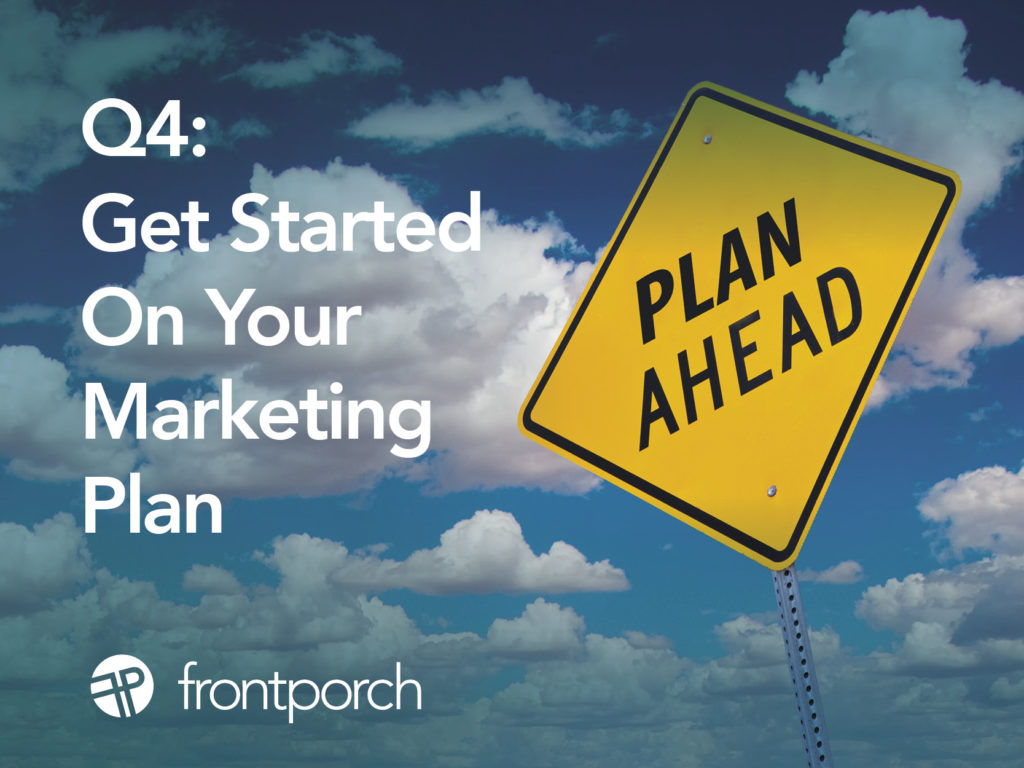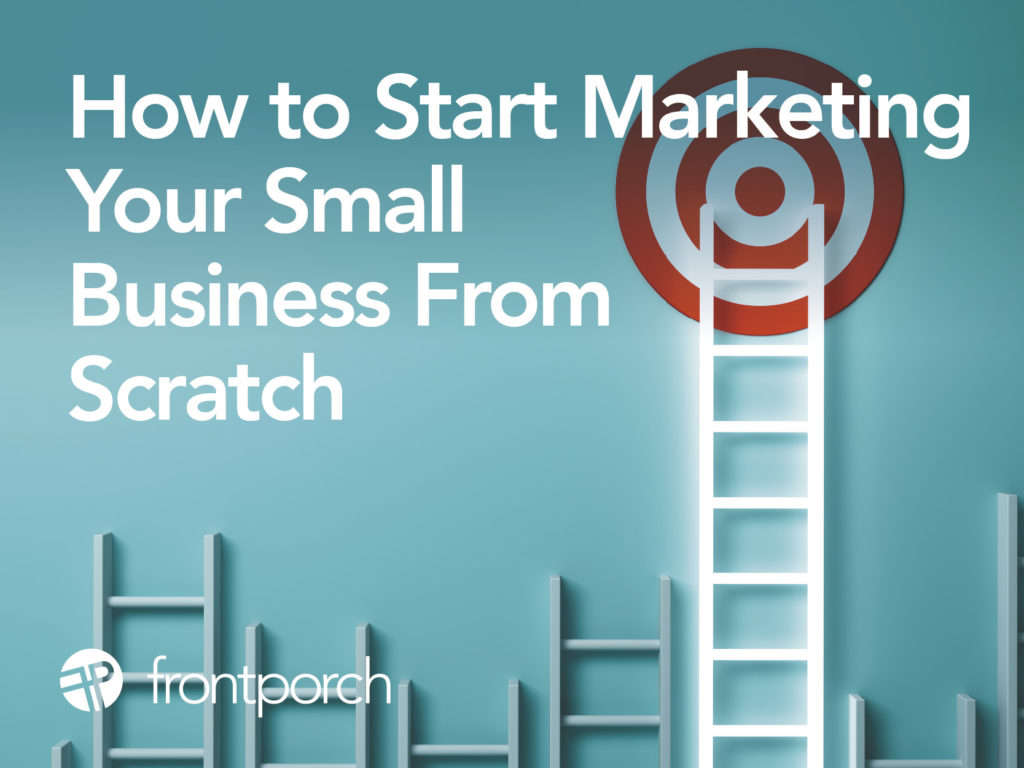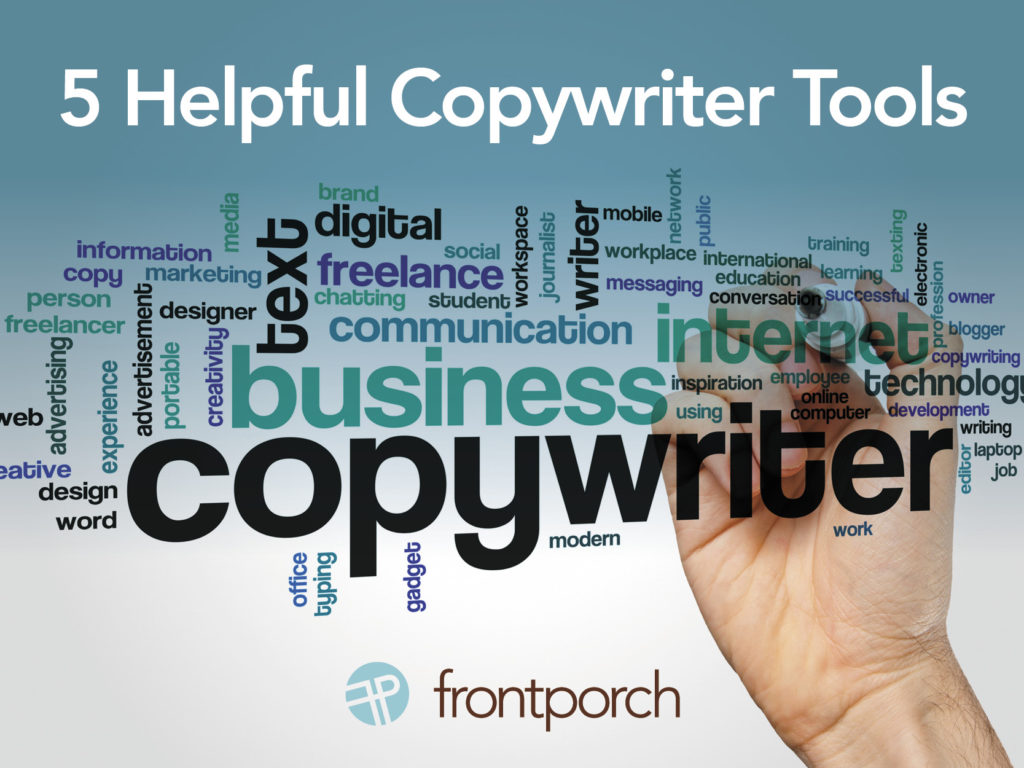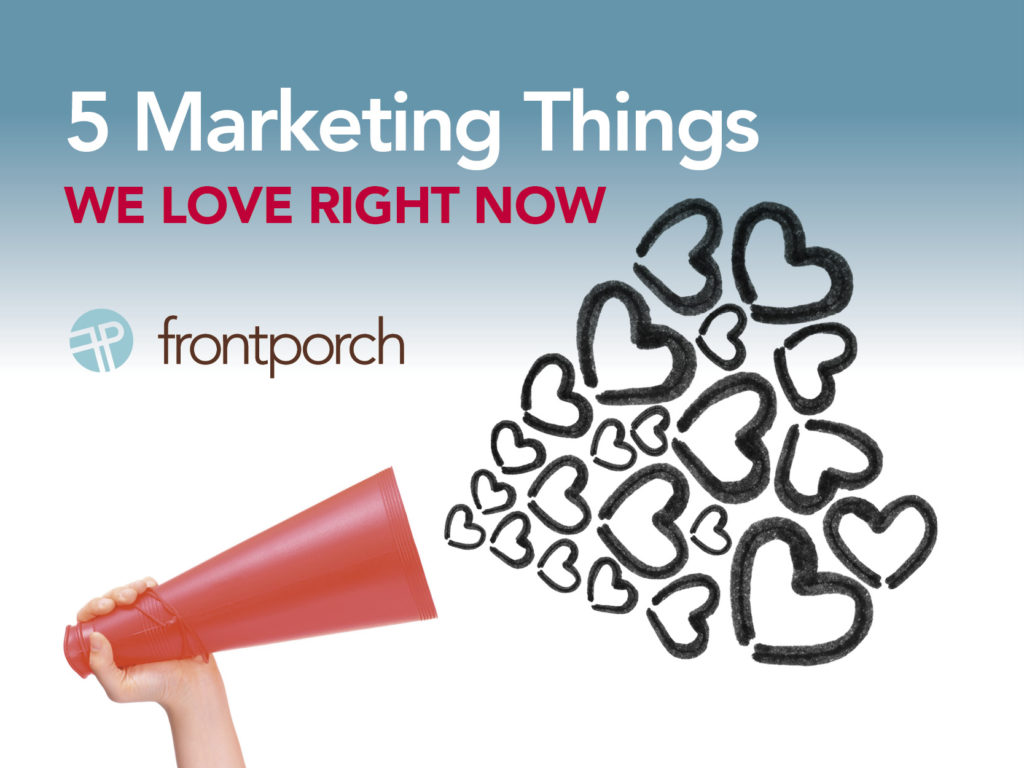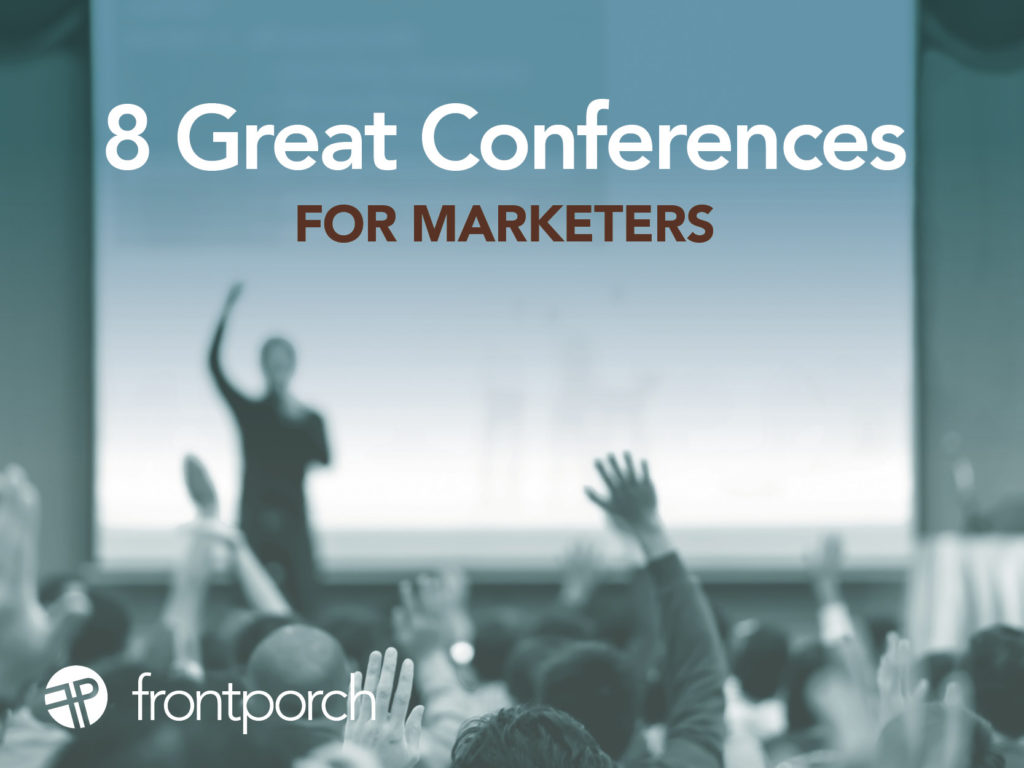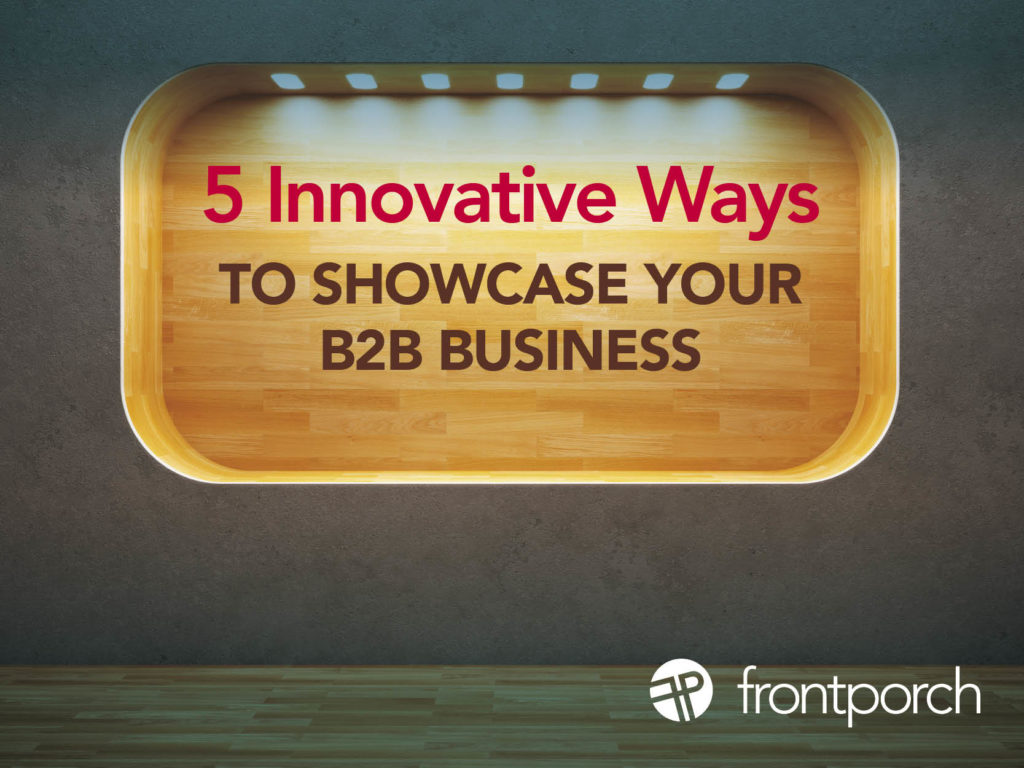
In the competitive landscape of B2B industries, the ability to effectively showcase your B2B business can make all the difference in attracting potential clients. Thus the way you present your products and services reflects your brand’s identity and influences decision-makers. Showcasing is one of the tools you might consider including in your marketing strategy for 2024. You want to help your small business stand out? Find ways to showcase your B2B products and services. And leave a lasting impression on your target audience.
Elevating Your B2B Showcase Game
When it comes to B2B success, it’s not just about having excellent products or services; it’s also about how you present them. The ability to showcase your B2B business effectively can be a game-changer. Ultimately, you can influence purchasing decisions. You can set yourself apart from the competition. So here are five innovative strategies that can help you elevate your showcase game and leave a lasting impact on potential clients.
Immersive Virtual Product Demos: Step into the Future
With the rise of virtual technology, immersive virtual product demonstrations are a cutting-edge way to showcase your B2B products. In fact, utilizing virtual reality (VR) or augmented reality (AR) provides potential clients with a hands-on experience. Further, it allows them to interact with your offerings in a simulated environment. This not only adds a wow factor but also enhances understanding, making it a memorable experience for your audience.
Interactive Webinars: Engage and Educate
Hosting interactive webinars is a dynamic way to showcase your B2B products or services. Create engaging presentations that allow participants to ask questions, provide real-time feedback, and see your offerings in action. First, use this platform to highlight key features. Next, share success stories, and address pain points your target audience may be facing. Overall, webinars not only showcase your expertise but also build a personal connection with potential clients. We work with Integrated Advisors Network who hosts webinars on topics relevant and helpful for their B2B clients.
3D Product Animations: Transform the Viewing Experience
Incorporate 3D product animations into your showcase strategy to provide a visually stunning and detailed view of your B2B products. These animations can be embedded on your website, shared on social media, or included in presentations. This approach allows potential clients to explore every angle and functionality of your offerings. This helps foster a deeper understanding and appreciation for your products or services.
Collaborative Online Workshops: Hands-On Learning
Offering collaborative online workshops is an excellent way to showcase your B2B products — while providing valuable insights to your audience. Further, these workshops can include interactive sessions. Here, clients can test your products in a controlled environment, ask questions, and receive immediate feedback. So this hands-on approach not only showcases your offerings but also positions your business as a knowledgeable and supportive partner.
Personalized Product Showcases: Tailor-Made Experiences
Lastly, consider creating personalized product showcases tailored to the specific needs and preferences of your clients. Use data and insights to curate a showcase that highlights the features relevant to each potential client. This personalized touch demonstrates a commitment to understanding your client’s business and provides a bespoke experience that resonates with decision-makers.
Unleash the Power of Innovatively Showcasing Your B2B Business
Overall, finding innovative ways to showcase your B2B products is essential for staying ahead. Whether you opt for one of these ideas, or other innovative marketing methods, the key is to create memorable experiences. The goal? Resonate with your target audience. Embrace a showcasing strategy, and elevate your B2B brand. Leave a lasting impact and setting the stage for long-term success.


